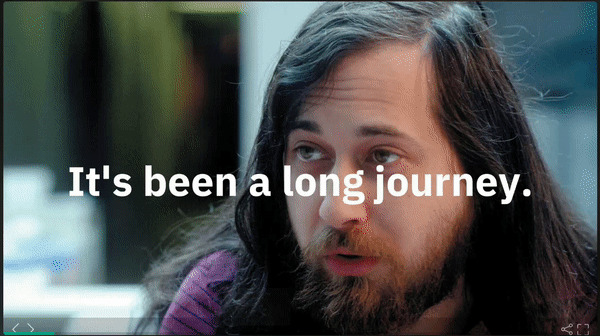Free software timeline, and the memory of things past ¶
While writing this timeline I was surprised by how recent and at the same time distant it feels, especially the events in the late 90s.
I’m quite proud of this presentation, not only for allowing me to set help set the record straight in a number of topics, but because it was a modest way of stressing how all the discussion on “open source” today has a context, and a history behind it.

- 1976
- First release of Emacs
- 1982
- Donal Knuth releases TeX
- 1983
- “Free Unix!”: Richard Stallman (RMS) announces the GNU Project.
- 1985
- The GNU Manifesto is published: software freedom and the goal of a free OS defined as goals.
- The Free Software Foundation (FSF) is incorporated with RMS as president.
- 1987
- First release of GCC.
- First release of Perl.
- Andrew S. Tanenbaum releases Minix, a free-to-use Unix clone with source code available (modification and redistribution not allowed).
- 1989
- Official publication of the GNU General Public License (GPL)
- 1991
- Linux Torvalds announces first version of the Linux kernel, with
bashandgccalready ported. - Keith Bostic releases BSD Net/2.
- Guido can Rossum releases Python.
- Linux Torvalds announces first version of the Linux kernel, with
- 1993
- Debian GNU/Linux first release.
- Slackware Linux first release.
- 1993
- Red Hat Linux first release.
- 2004
- Ubuntu Linux released.
... and from ~2000 onwards we see Google’s Borg, Omega and Kubernetes emerging, with all the ripple effect it had on cloud native (the timeline has more, and even what it has misses a lot).
Going back to the presentations I did, I was always particularly proud of this one: the history of free software and open-source being supported by big companies tends to be shortsighted in that it values recent trends to the detriment of what happened to get us there.